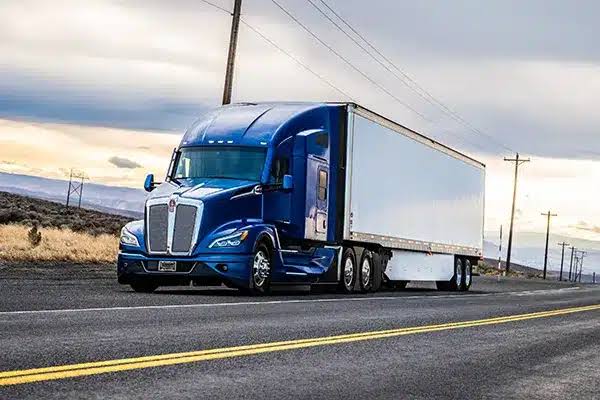Truck accidents often result in severe injuries or fatalities due to the immense size and weight of these vehicles. A fully loaded commercial truck can weigh up to 80,000 pounds, compared to the average passenger vehicle, which weighs about 3,000 pounds. This significant disparity in size and mass means that passengers in smaller vehicles are at a much higher risk of sustaining life-threatening injuries in the event of a collision.
Why Are Truck Accidents So Deadly?
The underlying causes of these accidents can range from driver fatigue, distracted driving, speed, and poor vehicle maintenance to mechanical failures. According to the Insurance Institute for Highway Safety, large trucks account for a significant portion of road traffic deaths, which have been steadily increasing over the years. For instance, a semi-truck accident caused a death on a bustling interstate, highlighting the devastation these incidents can cause and the urgent need for comprehensive safety measures.
Key Takeaways
- Understanding the critical reasons behind semi-truck accidents and the associated fatalities.
- An overview of common truck safety measures and their implementation.
- The role of legislation and technology in improving road safety.
Essential Truck Safety Measures
Implementing rigorous truck safety measures is crucial in reducing the likelihood of these fatal accidents. Here are some key measures:
- Driver Training: Comprehensive training programs ensure truck drivers are well-prepared for the complexities and challenges of operating large vehicles. This training often includes defensive driving techniques, understanding blind spots, and managing long hours on the road. A substantial decrease in the amount of human error-related crashes can be achieved with effective training.
- Regular Vehicle Maintenance: Routine maintenance checks are vital for preventing mechanical failures, a common cause of truck accidents. Many accidents can be avoided by making sure that brakes, tires, lights, and other essential components are in good functioning order. Regular maintenance should be required in order to reduce the hazards associated with equipment failure.
- Load Management: Properly securing cargo is paramount. An improperly balanced load can cause a truck to become unstable, leading to rollovers or jackknifing. Adhering to weight limits and ensuring that loads are properly secured with straps and other safety measures can mitigate these risks.
Legislation and Regulations
Various laws and regulations have been put in place to enhance truck safety, and they are designed to make sure that trucking companies and drivers adhere to strict safety standards. For example, the Federal Motor Carrier Safety Administration (FMCSA) regulates the number of hours truck drivers can operate to reduce fatigue-related incidents.
Drivers must take regular breaks and are limited to a maximum number of driving hours daily and weekly. Stricter enforcement of these regulations has shown positive results in mitigating accidents. Additionally, there are regulations concerning the maintenance and inspection of trucks and requirements for safety devices such as underride guards and electronic logging devices (ELDs).
The Role of Technology
Advancements in technology are playing an increasingly vital role in improving truck safety. The FMCSA has imposed Electronic Logging Devices (ELDs) in order to enforce adherence to hours-of-service standards and, consequently, lower the frequency of driver weariness. ELDs track driving hours automatically and are less subject to manipulation compared to paper logs.
Collision avoidance systems, which include features such as automatic emergency braking, lane departure warnings, and blind-spot detection, are becoming more prevalent in commercial trucks. These technologies can alert drivers to potential hazards and sometimes initiate corrective action to prevent an accident.
Statistics Illustrating the Need for Better Safety
Statistics from the National Highway Traffic Safety Administration (NHTSA) indicate that truck-related fatalities have been on the rise. In 2019, nearly 5,000 people lost their lives in large truck crashes, a significant increase from previous years. Data shows that the majority of fatalities in large truck accidents involve occupants of passenger vehicles rather than the truck drivers themselves.
This underscores the asymmetric risks posed to other road users and the urgent need for comprehensive safety measures. While advancements have been made, the upward trend in fatalities highlights the necessity for continued vigilance and improvement in regulatory frameworks and technological innovations.
Conclusion
Improving truck safety is not only crucial for saving lives but also for making our roads safer for all users. Both legislative measures and technological advancements play significant roles in this endeavor. Ensuring that trucks are operated safely can prevent the tragic loss of life on our highways. By implementing tight laws, adopting sophisticated technologies, providing regular vehicle maintenance, and implementing rigorous driver training, we can decrease the incidence of fatal truck accidents and promote a safer driving environment for all.






